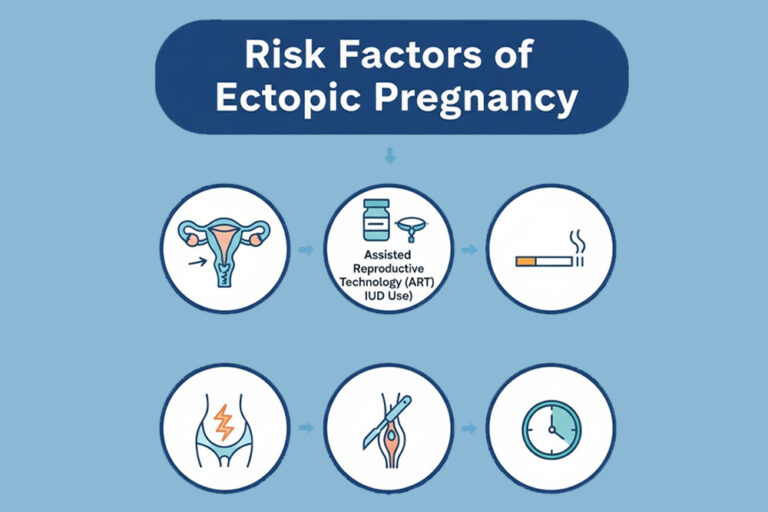Hysterectomy is a surgical procedure that involves the removal of a woman’s uterus. This medical intervention is often considered when other treatments have proven ineffective or when certain conditions warrant the removal of the uterus. While it can bring relief from various medical issues, the decision to undergo a hysterectomy is a significant one that requires careful consideration and understanding. This article aims to provide comprehensive information about hysterectomy, its indications, types, and important considerations.
Indications for Hysterectomy
Hysterectomy is recommended for a variety of medical reasons, which can be broadly categorized into the following:
- Uterine Fibroids: These non-cancerous growths in the uterus can cause heavy menstrual bleeding, pelvic pain, and discomfort. When symptoms are severe and alternative treatments fail, a hysterectomy might be advised.
- Endometriosis: This condition occurs when the tissue lining the uterus grows outside of it, leading to pain, bleeding, and fertility problems. Hysterectomy might be considered when other treatments are ineffective or when the condition is severe.
- Uterine Prolapse: Weakening of pelvic muscles can cause the uterus to descend into or out of the vagina. If other treatments are unsuccessful in addressing the prolapse, a hysterectomy might be recommended.
- Adenomyosis: Like endometriosis, this condition involves the growth of uterine lining tissue within the muscle walls of the uterus. Severe pain and heavy bleeding can lead to a recommendation for hysterectomy.
- Gynecologic Cancer: In cases of cervical, ovarian, or uterine cancer, a hysterectomy might be part of the treatment plan, particularly if the cancer is localized.
- Chronic Pelvic Pain: When other causes of pelvic pain have been ruled out and the pain significantly affects a woman’s quality of life, a hysterectomy might be considered as a last resort.
Types of Hysterectomy
There are several types of hysterectomy, each involving different levels of organ removal:
- Total Hysterectomy: This procedure involves the removal of the entire uterus, including the cervix.
- Partial Hysterectomy (Subtotal Hysterectomy): In this case, only the upper part of the uterus is removed, while the cervix is left intact.
- Radical Hysterectomy: This is usually performed for cases of gynecologic cancer and involves the removal of the uterus, cervix, surrounding tissues, and possibly the upper part of the vagina.
- Hysterectomy with Bilateral Salpingo-Oophorectomy: Along with the uterus, both fallopian tubes and ovaries are removed. This procedure is often performed to reduce the risk of ovarian cancer.
Considerations and Alternatives
Before opting for a hysterectomy, it’s essential to consider certain factors:
- Impact on Fertility: Hysterectomy results in permanent infertility, which can have emotional and psychological effects. Alternative treatments that preserve fertility should be explored if relevant.
- Recovery and Lifestyle Changes: Recovery time varies depending on the type of hysterectomy. Patients should prepare for potential physical and emotional adjustments post-surgery.
- Alternative Treatments: Depending on the underlying condition, less invasive treatments such as medication, hormone therapy, or minimally invasive surgeries might be explored.
- Second Opinion: Seeking a second medical opinion is advisable, especially for non-urgent cases, to ensure that a hysterectomy is the most suitable option.
Hysterectomy is a significant medical procedure that can bring relief from various gynecologic conditions. However, it’s crucial for women to have a clear understanding of the indications, types, and implications of the surgery before deciding. Open communication with healthcare providers, exploring alternatives, and weighing the potential impact on fertility and overall well-being are essential steps in making an informed choice about undergoing a hysterectomy.










